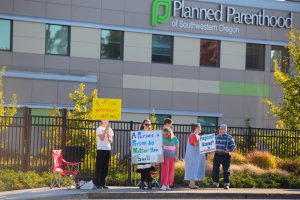Hardly a month goes by without reading that another Planned Parenthood facility is closing. The news is received with much joy and fanfare.
Each and every closure is a victory because it will impact the number of babies and parents who will be spared the horrific ramifications of abortion.
But, before we uncork the champagne bottles, there’s something you should know.
A close analysis of these closures reveals that Planned Parenthood is in better shape than the situation would lead us to believe. And, while we are winning this life-and-death battle, there is much work yet to be done.
There were considerable gains during 2016, according to Cheryl Sullinger with Operation Rescue. Thirty-one abortion facilities (Planned Parenthood and others) permanently closed or halted operations. In addition, 20 Planned Parenthood referral-only facilities closed. These centers didn’t actually perform abortions, but referred clients to those that do. Additionally, several Planned Parenthood facilities have closed since the beginning of 2017.
Wyoming’s single Planned Parenthood, a referral-only facility in Casper, will close July 21 due to lack of demand. Spokesperson Whitney Phillips said other area health clinics could see to the needs of less than 500 clients a year, exposing their false claim that less-populated, rural areas would be lost without Planned Parenthood. Wyoming joins North Dakota as the two states with no Planned Parenthood facility.
Colorado is closing two referral-only facilities in Longmont and Parker. Ironically, it’s not pro-life policies that have prompted the change, it’s Obamacare. Many of their clients used to pay in cash, but now under the government plan more qualify for Medicaid, notorious for low reimbursement, which affects their bottom line. Planned Parenthood’s motto, “Care, No Matter What” rings hollow.
Three abortion referral-only locations in New Mexico will be closing. Facilities in Rio Rancho, Farmington, and Albuquerque are slated to end services in September. Planned Parenthood of Rocky Mountains’ CEO, Adrienne Mansanares, said it was part of a consolidation effort and the Obamacare effect.
Closing of the center in Albuquerque had been planned for two years in anticipation of a new abortion facility to be built. Three Planned Parenthood facilities remain in the city.
A Planned Parenthood closure is especially encouraging when a facility that was performing abortions ends the killing. Suzanna de Baca, president of Planned Parenthood of the Heartland, announced that four of their six Iowa centers will be closing, most being shuttered on June 30. The locations in Burlington, Sioux City, and Bettendorf provided abortion facilities, while Keokuk did not.
These closures were a direct result of a pro-life state legislature and the governor cutting Planned Parenthood’s state funding.
Two Pennsylvania facilities closed in late March. The Easton location provided abortions, while the Bristol facility did referrals only. The Easton victory was in a sense short-lived because a new center opened there in April.
Currently, it does not provide abortion services, according to executive director Melissa Miranda.
Pro-lifers had an additional reason to celebrate St. Patrick’s Day in Silver Spring, Maryland, when a Planned Parenthood abortion facility closed. Pro-life advocates lobbied the property management company to remove the abortion center from the building. It had been performing abortions for 20 years.
Of these Planned Parenthood centers that have closed or will be closing since the beginning of the year, eight were abortion referral-only facilities and five directly performed abortions.
We’ve observed a developing trend of Planned Parenthood closing facilities in rural or less-populated areas of the nation in an effort to consolidate services and eliminate less profitable affiliates. Planned Parenthood has been adamant that continued federal funding is crucial to keep rural centers open, but in most cases they are being closed for issues unrelated to the availability of federal tax dollars.

While we are encouraged by these closings, we must keep our eyes on the bigger picture. As we celebrate the closed facilities, they are often quietly replaced by more deadly structures.
Since 2004, Planned Parenthood has built 25 high-volume, mega abortion centers of at least 10,000 square feet, with more planned. Eighty-eight percent are located in neighborhoods primarily inhabited by women of color.
Planned Parenthood is not retreating from the abortion industry. Evidence indicates they have embarked on a strategic plan to corner the abortion market. Their market share of abortion has skyrocketed to 35 percent (323,999 in 2015) while the number of abortions has decreased to approximately 926,000 per year.
Operation Rescue has polled every abortion center and determined the average first-trimester abortion, surgical or chemical, is about $600. Late-term abortions are much more. Conservatively, that’s at least $194.4 million in abortion income for Planned Parenthood.
At the same time they have decreased non-abortion related services. According to their annual reports between 2011 and 2015, Planned Parenthood has decreased the following services.
*PAP tests, decreased by 65 percent
*Breast exams fell 51 percent
*Prenatal services dropped 44 percent
*Total services decreased 14 percent
The cold, hard reality is Planned Parenthood is dumping legitimate healthcare services for women because there’s more money to be made in abortion. And, they are motivated to aggressively protect their stake in the lucrative abortion industry.
Profit. No matter what.
[This column by Bradley Mattes, President of Life Issues Institute, was posted online on May 24, 2017 at www.lifeissues.org.]




